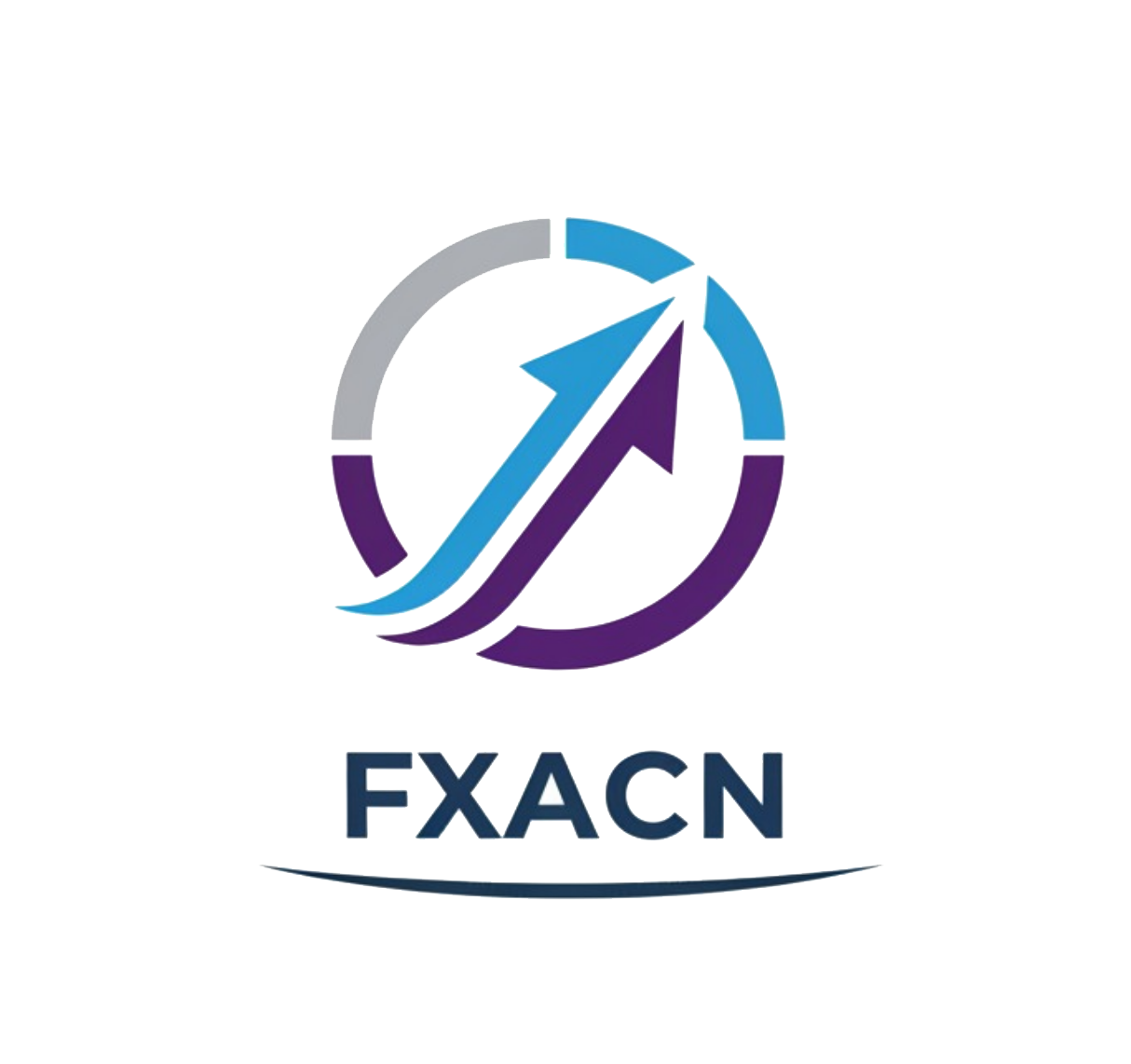Introduction
Topstep is a prominent proprietary trading firm that specializes in futures trading and is based in Chicago, Illinois. Established in 2012, Topstep offers traders a unique opportunity to trade with the firm’s capital, allowing them to potentially earn profits without risking their own funds. This model, known as “funded trading,” has gained popularity among retail traders looking for avenues to enhance their trading careers. However, the influx of similar firms in the trading industry has made it essential for traders to evaluate the legitimacy and safety of such platforms.
In the forex and futures trading landscape, the choice of broker or trading firm can significantly affect a trader’s experience and financial security. Consequently, traders must exercise caution and conduct thorough research before committing to a trading platform. This article aims to explore whether Topstep is safe or if it can be classified as a scam. We will base our analysis on information gathered from various credible sources, including regulatory disclosures, user reviews, and fee structures, which will collectively form our assessment framework.
Regulation and Legitimacy
The regulatory status of a trading firm serves as a crucial indicator of its legitimacy and safety for clients. Topstep does not currently hold any licenses from major regulatory bodies such as the National Futures Association (NFA) or the Commodity Futures Trading Commission (CFTC). This absence of regulation raises significant concerns about the safety of customer funds and the overall credibility of the firm.
| Regulatory Agency | License Number | Regulated Area | Verification Status |
|---|---|---|---|
| NFA | Not Available | USA | Not Verified |
| CFTC | Not Available | USA | Not Verified |
The lack of oversight by established regulators indicates a potential risk for traders choosing to engage with Topstep. Regulatory bodies are designed to protect investors and ensure that firms adhere to strict operational standards. Without regulation, players in the firm lack accountability, potentially putting both personal and financial data at risk.
Moreover, it’s essential to investigate any past compliance issues. Although Topstep has operated since 2012, its unregulated status means that it has not been subject to the continuous monitoring that comes with regulatory oversight. This lack of transparency regarding its operations raises further questions regarding the quality and security of its services.
Company Background Investigation
Topstep was founded by Michael Patak, who sought to create a platform where traders could refine their skills without risking their own capital. The firm has gained a significant presence in the proprietary trading sector, funding thousands of traders. However, its ownership structure and management team are not extensively outlined in public documents, which makes it challenging to assess the company’s resilience and credibility thoroughly.
The management team consists of those with backgrounds in trading and finance, but the public-facing information is limited. This lack of transparency can contribute to suspicion regarding the intentions of the firm. Additionally, the firm’s operational history suggests that it has successfully funded thousands of accounts, but the absence of a robust public record on organizational integrity raises questions about long-term reliability.
Despite its relatively solid foundation, Topstep’s transparency—particularly in terms of information disclosure about its team and corporate governance—seems to be inadequate. Effective transparency is a critical factor in fostering trust among traders, and the inability to provide comprehensive insights into the company’s inner workings can deter potential clients.
Trading Conditions Analysis
Understanding the trading conditions associated with a firm is key to determining whether it is safe or potentially exploitative. Topstep operates on a subscription-based model, charging fees for access to its trading combines. These fees vary depending on the account size and type, with costs starting at approximately $49 per month for the smallest account. However, these fees are cumulative and can escalate rapidly, leading to significant costs over time.
| Fee Type | Topstep | Industry Average |
|---|---|---|
| Spread on Major Currency Pairs | Variable (Floating) | 0.5 – 1.5 pips |
| Commission Model | $3.70 per round turn | $5 – $10 per round turn |
| Overnight Interest Range | Not applicable | Varies by broker |
While the fee structure may seem competitive at first glance, traders should be wary of the hidden costs related to trading accounts, including platform subscription fees and potential reset fees for traders who do not meet the established profit targets or fail to adhere to risk management protocols. Additionally, the fluctuation in spreads may affect profitability, particularly in times of market volatility.
When reviewing Topstep’s transparency regarding fees, it becomes apparent that a lack of straightforward communication about costs can be problematic. Not only does this impact traders’ planning, but it could also obscure the true cost of trading on the platform.
Client Funds Safety
The safety of clients’ funds is paramount when evaluating a trading platform. Topstep claims to implement various security measures to protect traders’ personal and financial information. However, the absence of regulatory oversight weakens the assurance of fund safety. The firm does indicate that trading takes place through regulated brokers; however, this link does not guarantee that the trader’s funds will be securely held.
Furthermore, while Topstep claims to use advanced security protocols, the details regarding fund isolation, investor protection mechanisms, and negative balance protection are scant. Traders must be extremely vigilant since, without protections typically enforced by regulatory bodies, their investments may not have adequate safeguards against potential operational failures or malpractice.
A history of any past security concerns or allegations could indicate a weak track record; however, no such evidence was readily found. Nonetheless, the overarching lack of regulatory oversight points to a significant risk that traders would need to consider before engaging with Topstep.
Customer Experience and Complaints
Analyzing customer feedback provides critical insight into a firm’s reliability and the quality of its operations. Topstep enjoys a mixed reputation among users. While there are positive reviews regarding its educational resources and community support, there are also numerous complaints about customer service and transparency concerning trading conditions.
| Complaint Type | Severity | Company Response |
|---|---|---|
| Customer Service Issues | High | Slow response time |
| Fee Transparency Concerns | Moderate | Generic responses |
| Platform Performance | High | Ongoing updates needed |
Common complaints tend to revolve around the difficulty customers face when attempting to reach support or find resolutions to issues related to trading conditions. Instances of users feeling blindsided by the cost structures and rules associated with their accounts have also been documented. Customer feedback on platforms such as Trustpilot reflects these sentiments, where scores—though relatively positive—highlight dissatisfaction in specific areas.
For example, one user stated their disappointment in not receiving clear information regarding fee escalations. Another highlighted a frustrating experience with delayed resolutions from customer support. Such patterns suggest that while Topstep may provide valuable resources for traders, there are significant gaps in ensuring a smooth user experience.
Platform and Trade Execution
The quality and reliability of a trading platform are determining elements in showcasing whether a firm is safe. Topstep provides access to multiple platforms, including NinjaTrader and TradingView, which are well-regarded tools in the industry. However, some user reviews have suggested that the trading experience on these platforms can be less than optimal due to occasional execution delays and slippage.
Trading execution speed is critical, especially for those engaged in day trading strategies. Complaints regarding slow order executions and high slippage are significant red flags that might raise concerns about manipulative practices. A reliable trading platform should ensure timely order fulfillment, and issues to the contrary could pose substantial risks to traders seeking profitable trades.
Furthermore, with the claim of structured governance surrounding order execution, there remains a question of whether these platforms operate transparently without any manipulation of trading conditions that could disproportionately affect traders.
Risk Assessment
When using Topstep, traders should consider several risks, especially given the absence of regulatory oversight. The following risk assessment outlines the significant areas traders should be cautious of:
| Risk Category | Risk Level (Low/Medium/High) | Brief Description |
|---|---|---|
| Operational Risk | High | Lack of regulation increases the risk of malpractice. |
| Fund Security Risk | High | Absence of fund protection mechanisms could lead to potential loss. |
| Execution Risk | Medium | User reviews indicate potential trade execution delays. |
| Transparency Risk | Medium | Insufficient disclosure regarding financial terms and rules. |
To mitigate these risks, traders need to conduct thorough due diligence, closely follow Topstep communications, and remain proactive in understanding the firm’s terms before engaging in trading. Engaging with community forums and current user complaints could also provide further clarity on the risks when using Topstep.
Conclusion and Recommendations
Assessing whether Topstep is safe reveals a nuanced picture. The firm does provide unique offerings and may suit those eager to trade futures without risking personal capital. However, the lack of regulatory oversight raises significant concerns about the safety of client funds and operational legitimacy.
While Topstep is not classified strictly as a scam, it operates in a regulatory gray area that could pose is topstep safe? challenges. Traders must be vigilant about potential costs and the firm’s unregulated nature when deciding to engage with this platform.
For those interested in futures trading, a more secure option might involve seeking brokers with established licenses and transparent practices. Firms like Fidelcrest and FTMO, which have robust regulatory oversight, might present safer alternatives for traders looking to minimize risk while maximizing their trading potential. Ultimately, conducting due diligence and remaining informed will enable traders to navigate the complexities of proprietary trading safely.


